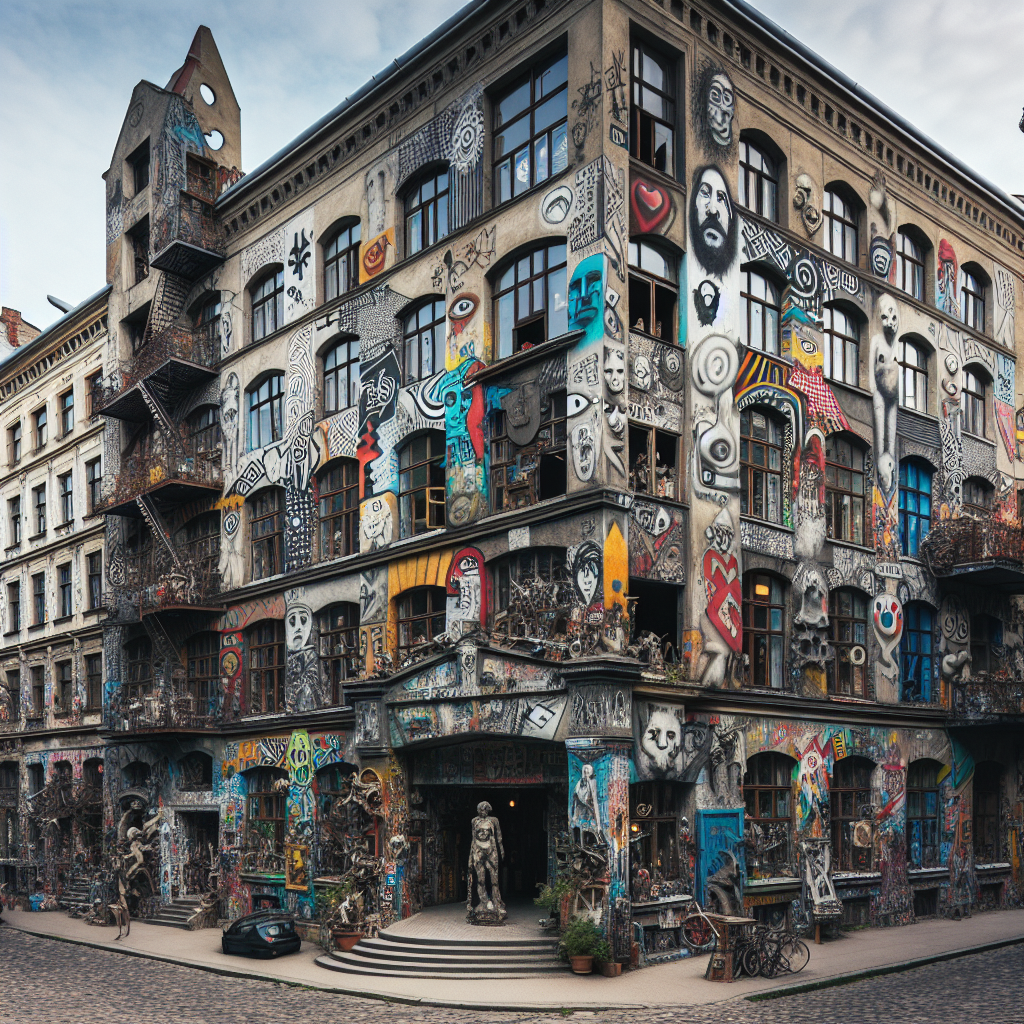Berlin's Cultural Transformation: From Underground to Upscale
The Art House Tacheles in Berlin symbolized the city's alternative art scene until its transformation in 2012 into a commercial space. This shift reflects Berlin's broader economic growth and rising living costs, which threaten the bohemian character that once defined the city, despite its newfound prosperity as a startup hub.

The Art House Tacheles once stood as a beacon of Berlin's vibrant alternative art scene. This five-story building, occupied by artists following the fall of the Berlin Wall, was pivotal in nurturing the capital's bohemian spirit. However, a 2012 sale to a U.S. investor marked a significant transformation.
As Berlin's economy burgeons, longtime residents fear the loss of the city's unique character. Despite its modern prosperity, Berlin risks becoming homogenized, with prices hiking and cultural landmarks commercialized. The city remains a startup magnet, but concerns persist about nurturing its creative roots.
Rising costs challenge artists and entrepreneurs who shaped Berlin's resurgence, leading to an increasingly competitive housing market. Despite these challenges, Berlin's cultural events continue to reflect the city's enduring openness and allure, suggesting that while its vibe may evolve, its essence remains resilient.
(With inputs from agencies.)










